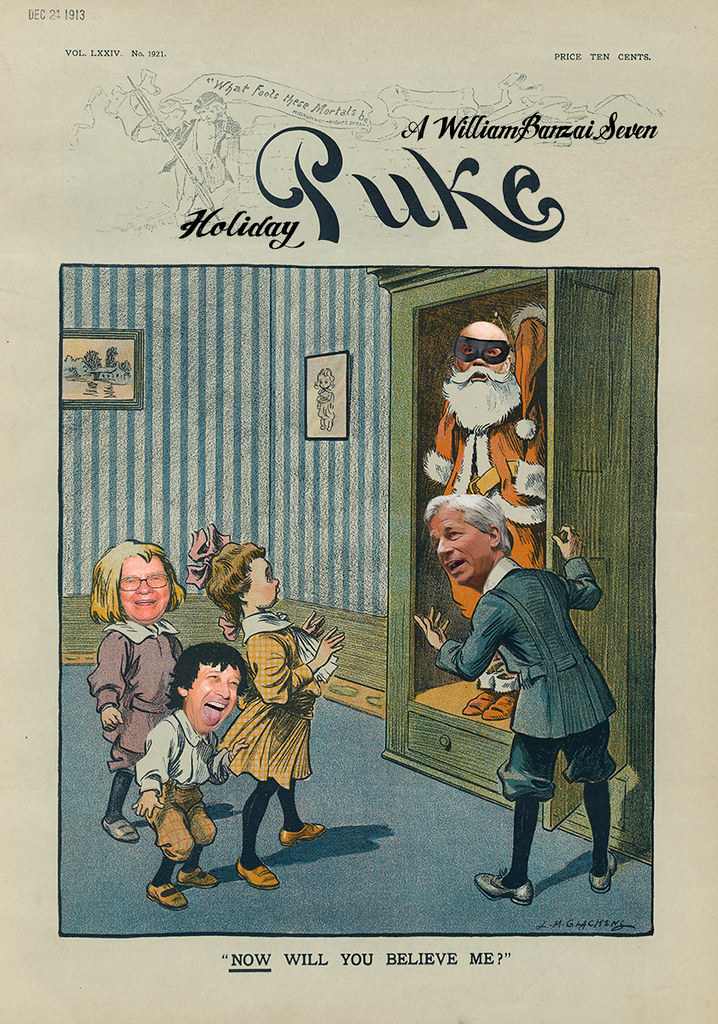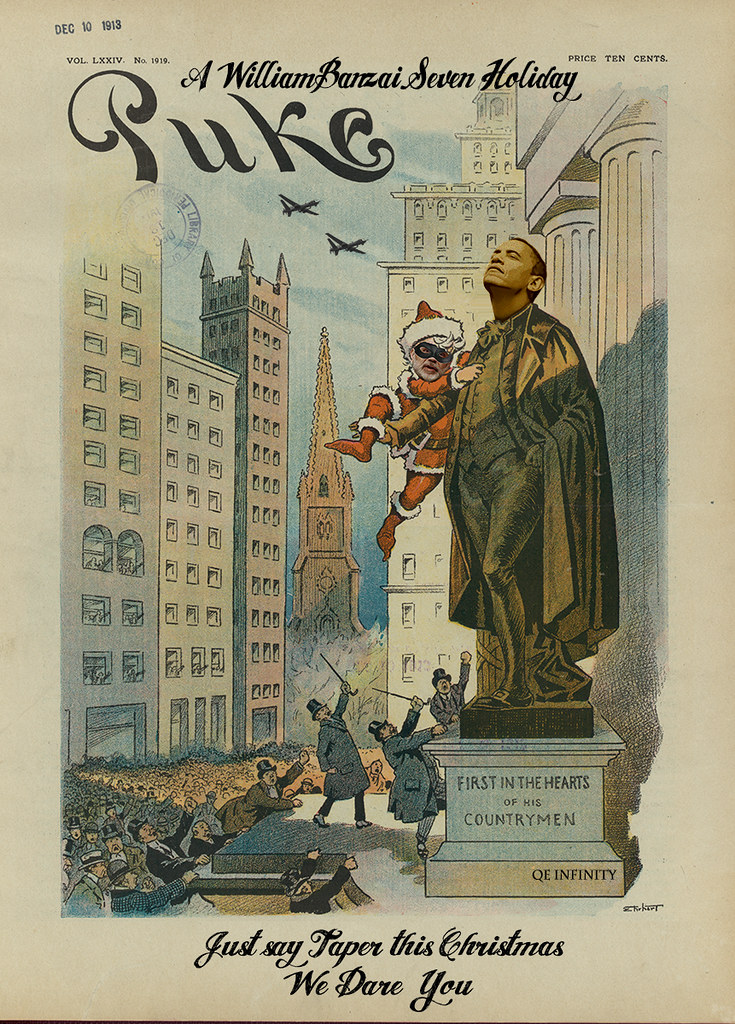Despite rewriting history as usual, proclaiming that the administration 'knew' early numbers would be low (not true since they estimated 500,000 and are rumored to only have ~50,000), and changing the definition of what an enrollee is, and managing our expectations via Carney's press conference, we are intrigued to see what the "huge demand" Kathleen Sebelius expected for Obamacare has actually resulted in… Perhaps she needs to call the helpline! Remember, as Peter Schiff noted, the website can be fixed, but Obamacare can't (unless, of course, more keg-standers and sluts sign up).
- *OBAMACARE ENROLLS 106,185 IN PRIVATE HEALTH PLANS IN OCTOBER
- 26,794 on Federal Exchange
- 79,391 on State Exchanges
Bear in mind that this 106,185 includes those who added the plan sto their carts but did not pay – which has a ~70% cancellation rate across e-commerce platforms.
As TPM notes,
The administration was expecting 500,000 enrollments in October.
But as, one supporter of the law noted, "I think there's no number that's too low, the main thing that we're going to learn is that the website isn't working."
That internal memo with the 500,000 figure also projected a significant uptick after the first month. The administration was aiming for 3.3 million enrollments by Dec. 31 — meaning about 85 percent were expected to occur during November and December.
Here's what she promised… "the good news is you can get started today…"
The Centers for Medicare and Medicaid Services will release a report on the numbers at 3:30 p.m., and Health and Human Services Secretary Kathleen Sebelius will discuss the findings on a press call then.
Remember how they crowed of the "interest"…The following inverted pyramid highlights the dismal reality of the Affordable Care Act as of a month ago…
We wonder just how much has changed in the last month…
![]()
via Zero Hedge http://feedproxy.google.com/~r/zerohedge/feed/~3/Me6gvVcrGYk/story01.htm Tyler Durden









 Virginia has a lot to gain from
Virginia has a lot to gain from More than a
More than a It turns out that constant brooding over
It turns out that constant brooding over



